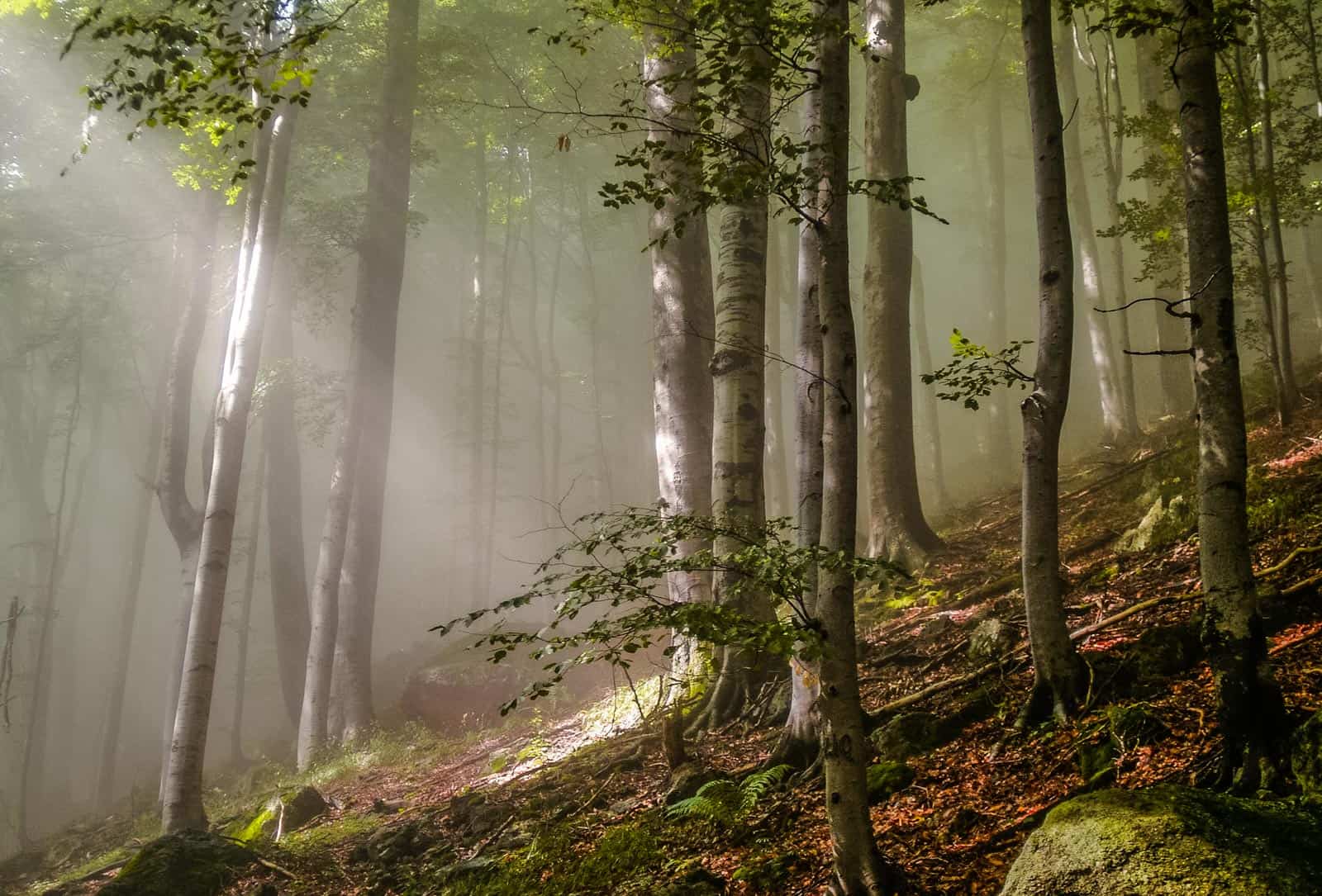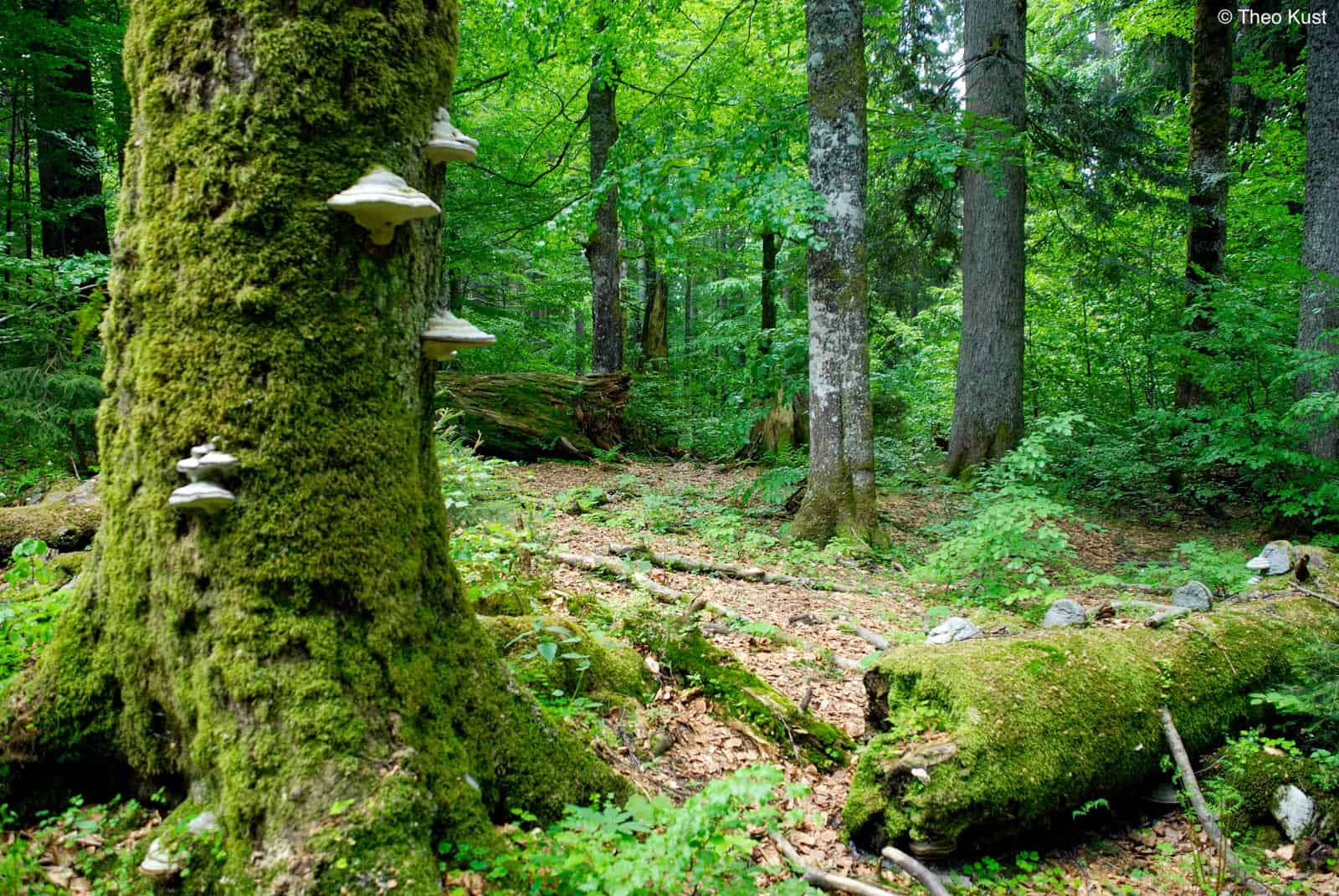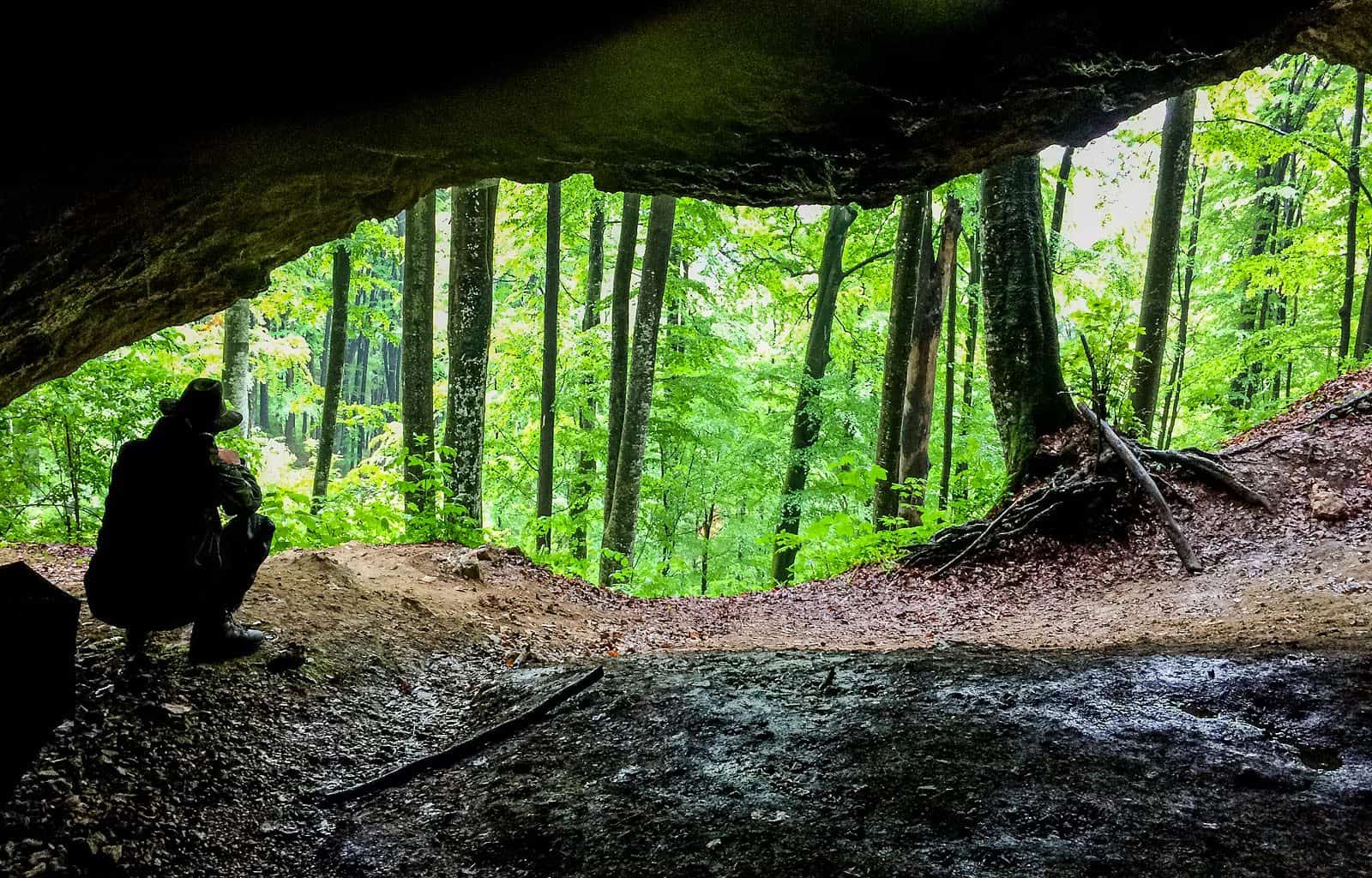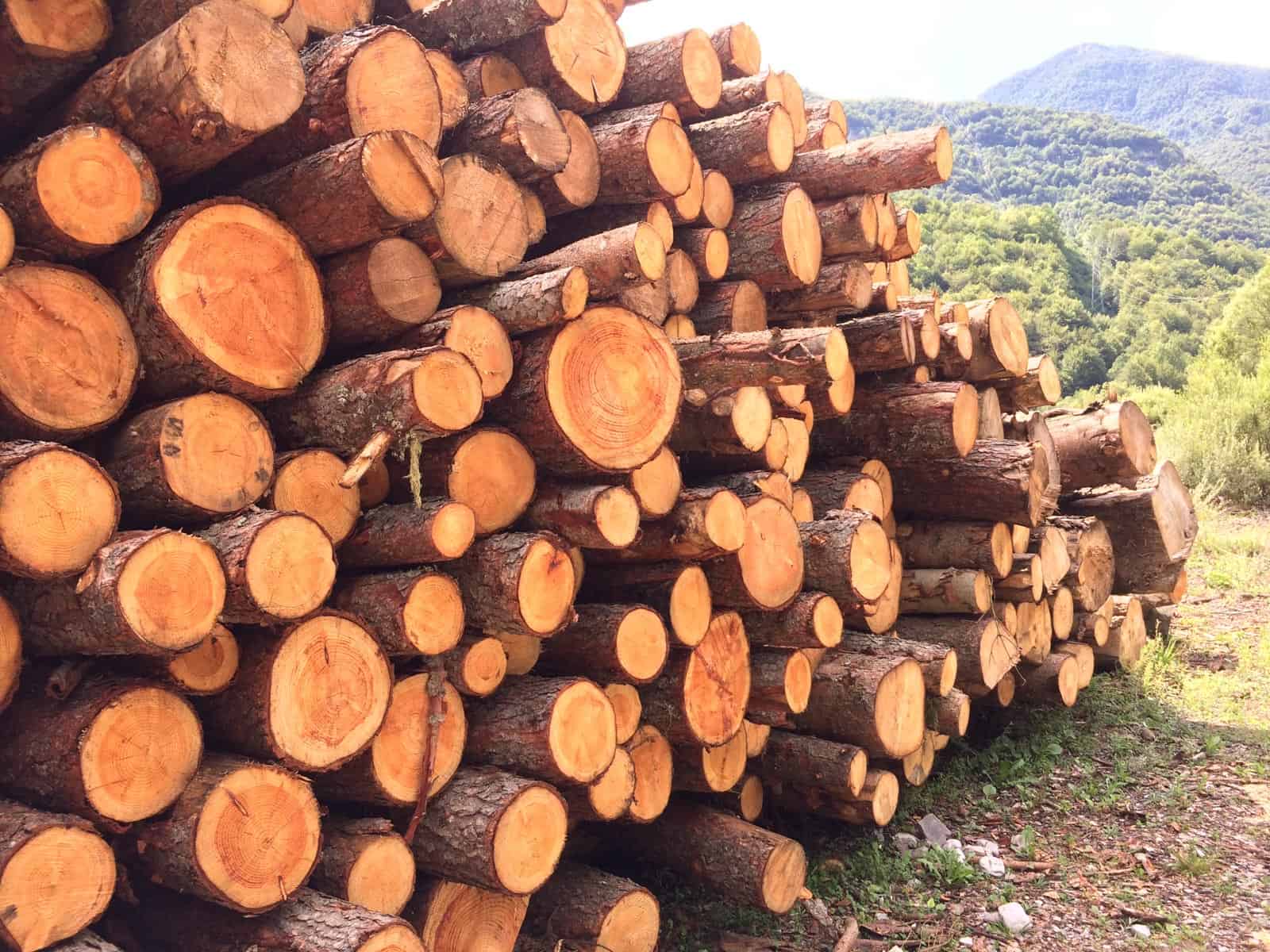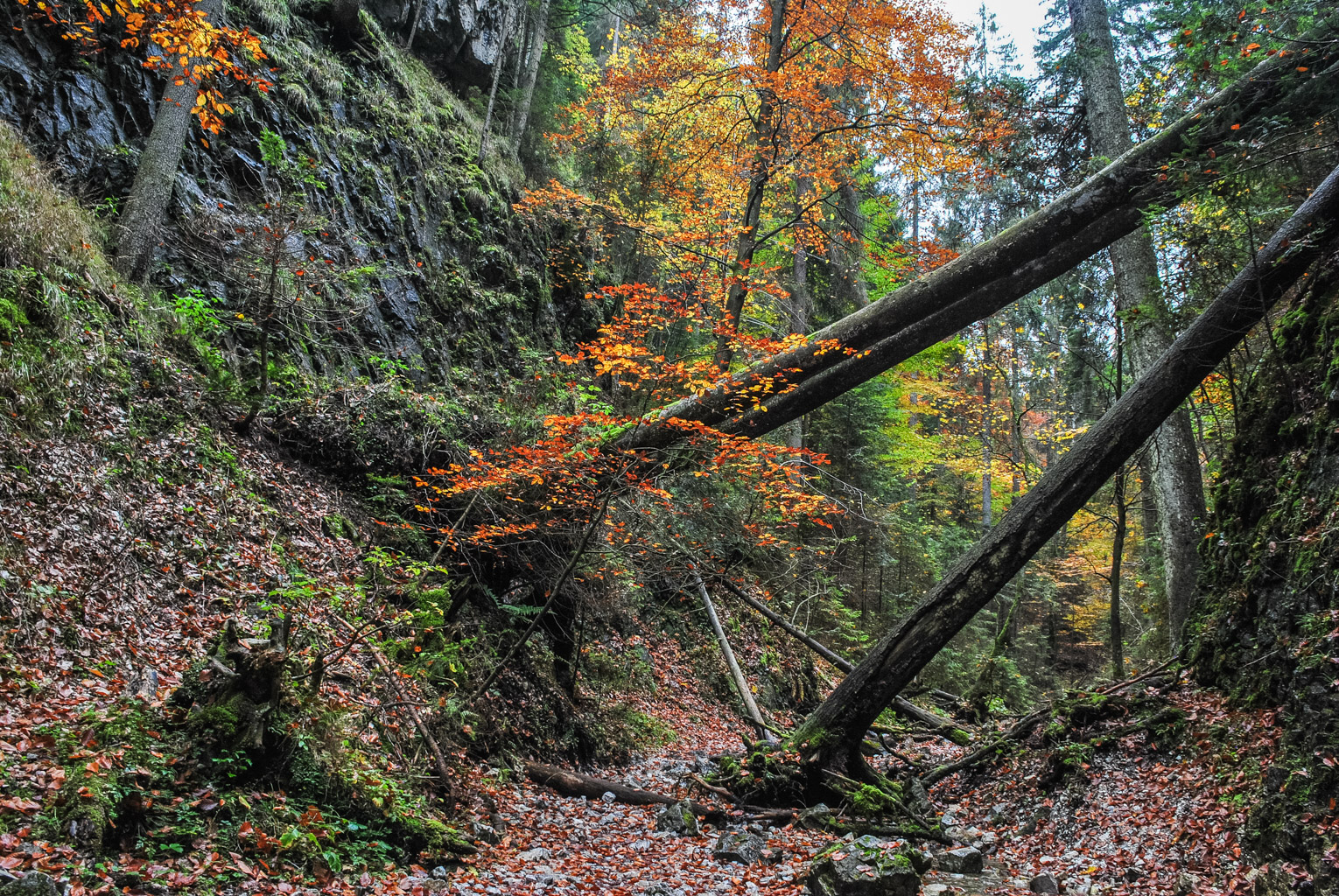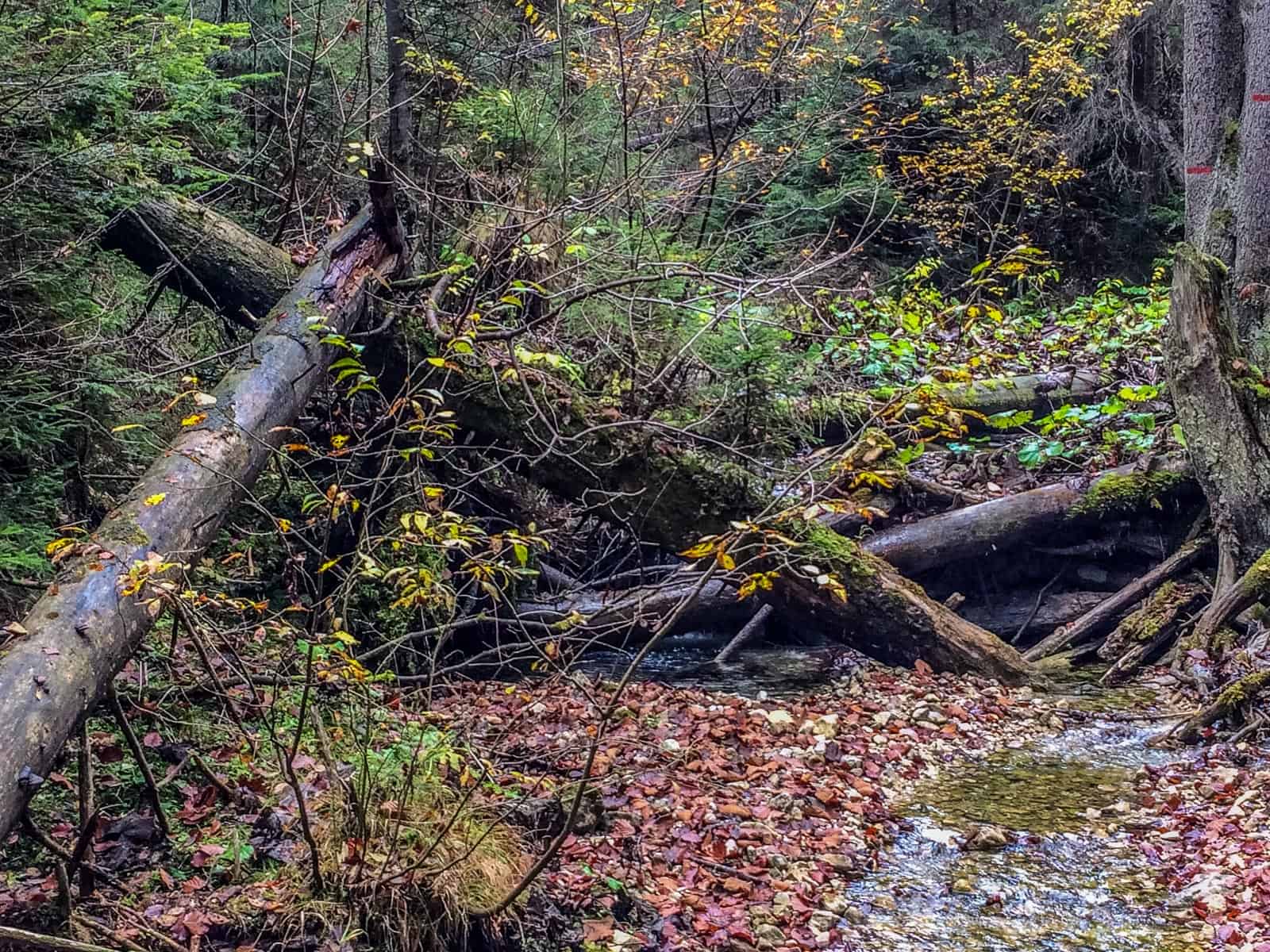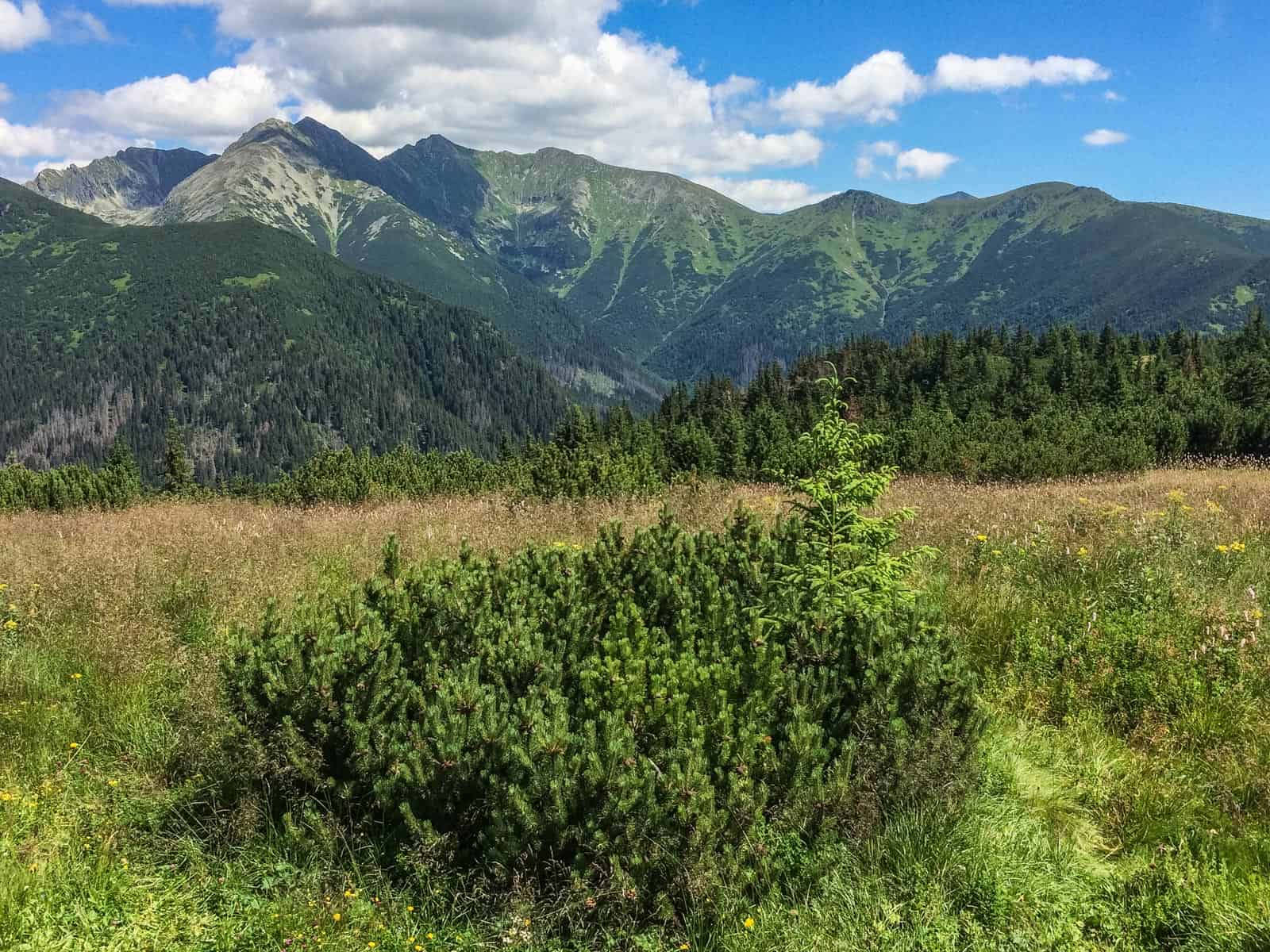European beech is a unique tree
European beech once dominated Europe
European beech is a unique tree. It used to be the most common broadleaved tree and once dominated throughout whole Europe. Its area covered two-thirds of Europe. Its natural range extended from southern Scandinavia to Sicily, from Spain in the west to northwest Turkey in the east.
This has changed in the Middle Ages when human intervention starts to be more significant. Today, the distribution of tree species in Europe has no longer corresponds with their natural distribution and beech covers less than 10%.
This remnant which survived is mostly commercially managed to provide timber. Old-growth beech forests are particularly valuable for biodiversity, as old trees and dead wood provide habitats for many species. There is, however, only a very small proportion of beech forests in Europe older than 160 years.
The history of European beech
The history of European beech in Europe begins around 12,000 years ago, at the end of the last glacial period. Starting from several refuges, ice-free areas where the beech could survive cruel Ice Age, it gradualy conquered almost an entire continent.
Back then, a thick layer of ice covered large sections of Europe. European beech had only survived as small remnants in Southern Europe. When the ice melted, the beech began to expand, particularly northwards from its small isolated refuge areas in the South. This process is still slowly ongoing today, even though the ice age is long gone.
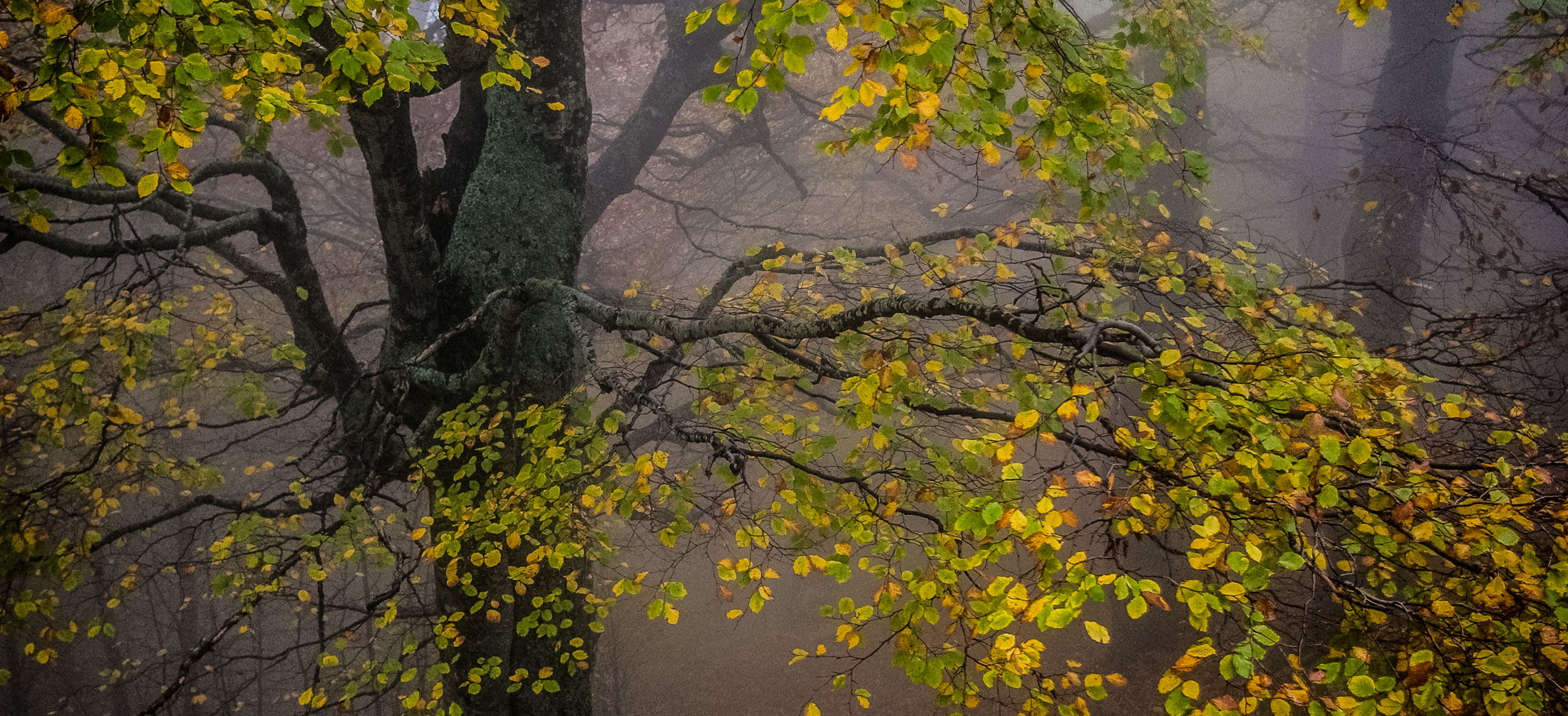
Expansion of European beech continue
To this day, its expansion strength remains unbroken. It is still on the slow advance in southern Scandinavia as well as in the extreme west and north of the European beech distribution area. This phenomenon, the re-colonisation of large sections of a continent by a single tree species and the still ongoing expansion is worldwide unique and is made possible by the enormous competitiveness of the beech.
Result of that process is that European beech grew all over Europe. Later on, due to settlement activities and economic use, distribution of beech forest have reduced significantly. Today, beech forests slowly expand also due to climate change but simultaneously areal is shrinking due to intensive logging.
European beech introduction
European beech is a broadleaf tree with a slender trunk and a regular oval crown. It prefers moist, sandy soils rich in nutrients. The trunk is slender in young trees, considerably wide and dome-shaped in older trees, which can grow to a height of over 35 – 40 meters.
In managed forests, the beech is usually harvested, at an age of 120-160 years. However, its natural age limit is much higher, at 250-300 years (in some cases even over 400 years). There are world-wide a total of 10 species of beech, but in Europe only European beech is native.
European beech wood is one of the most famous hardwoods. It is hard, not very flexible, relatively strong. European beech, is currently one of the most important and economically valuable widespread broadleaved trees in Europe.
European beech only exists in Europe, nowhere else in the world. It is an extremely successful and adaptable tree, which conquer an entire continent.
European Beech Network
The European Beech Network is a Europe wide network connecting the fragments of old-growth beech forests. The network was founded in 2017, and comprises members from all over Europe.
The overall objective if this network is protection of the European beech forest ecosystems with a special emphasis on old-growth beech forests in wild and wilderness areas.
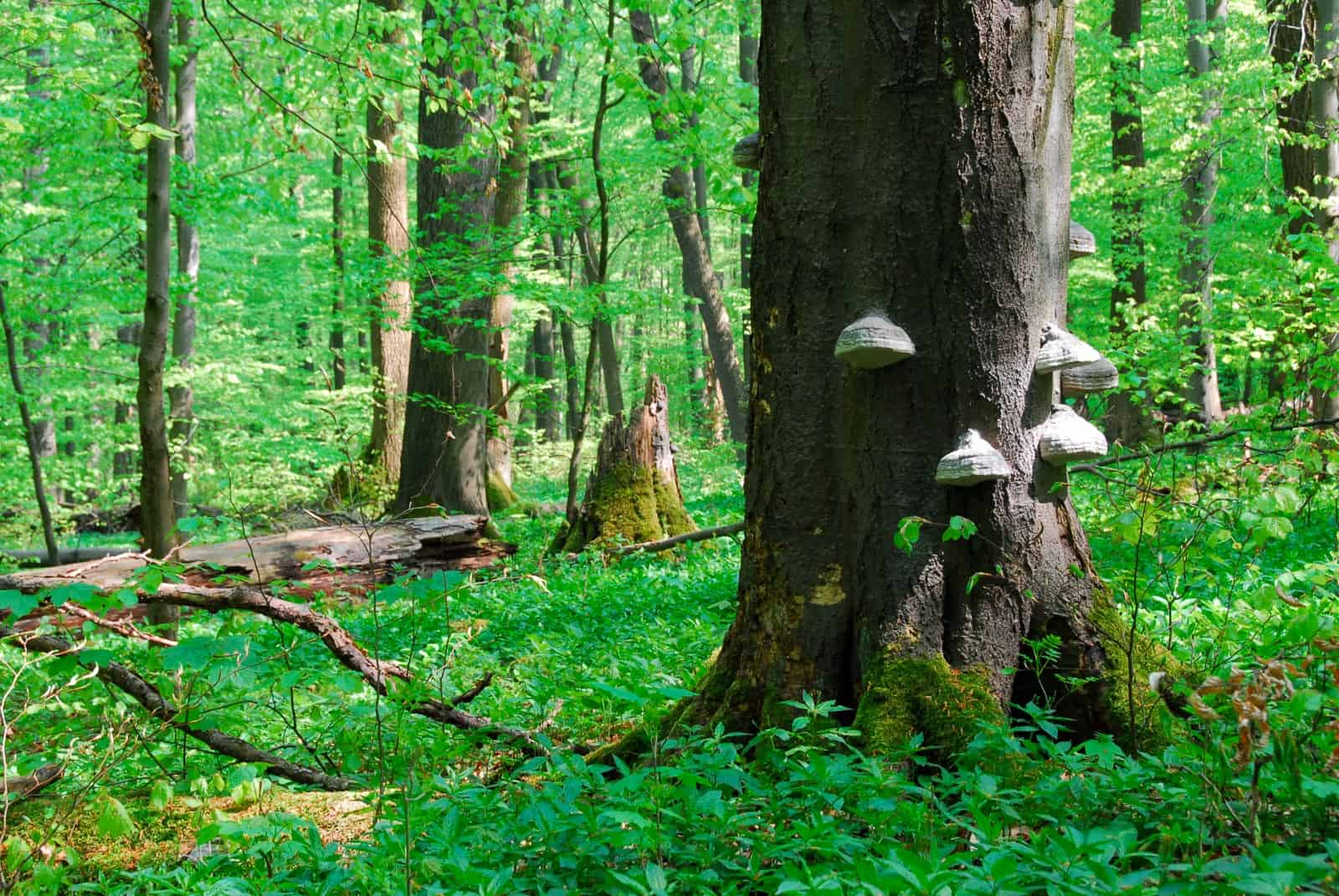
European beech and Wilderness
Old-growth beech forests are important part of the European Wilderness Network. Beach forest in this network comprises the fragments of remaining primeval beech forest. This network collects a centuries-old untouched, unspoilt, ancient beech forests.
The network is offering a window in time to a world without human use – the real natural state of nature. They provide a unique opportunity to admire beech forest spontaneous natural dynamism. That is a window to the past when nearly all the beech forest in Europe used to be like that.
Summary
Ancient or near-natural beech forests are now extremely rare in Europe. They are generally found at sites that are difficult to access, farm or develop. Hence, by international comparison, the beech forest belongs to Europe’s critically endangered habitats, even though the beech as a species is not endangered at all.
The European beech is endemic tree to Europe. That means that such tree naturally, doesn’t grow anywhere else on the planet. The European beech forest was significantly impacted in a previous century by forestry and other anthropogenic disturbances.
